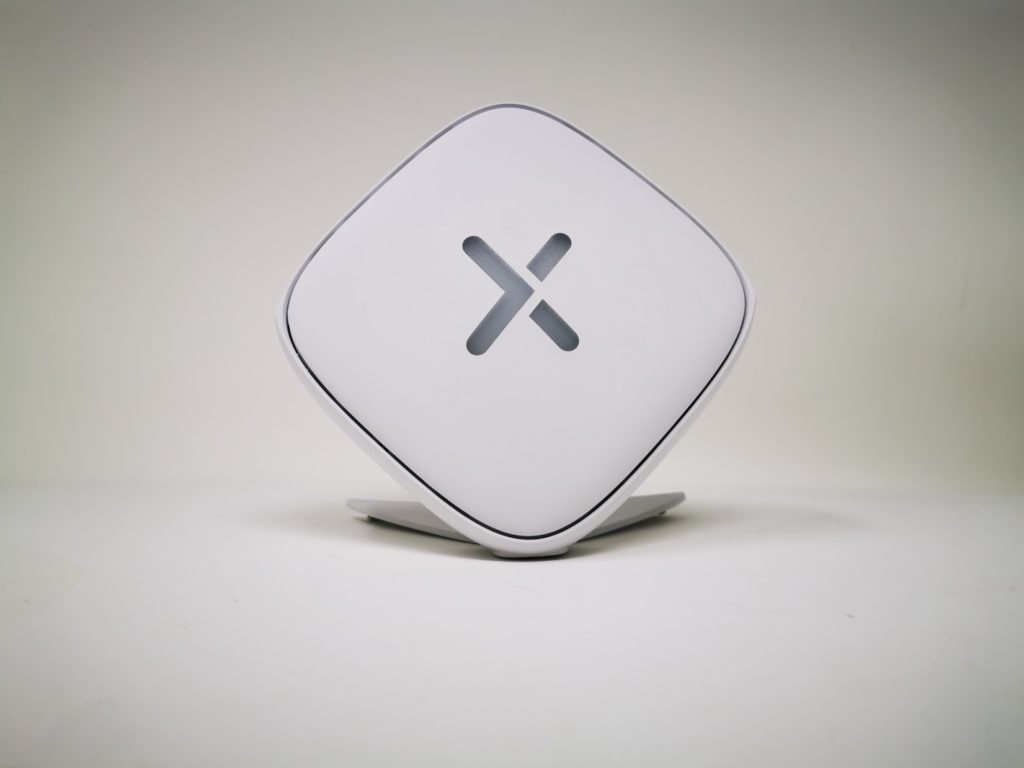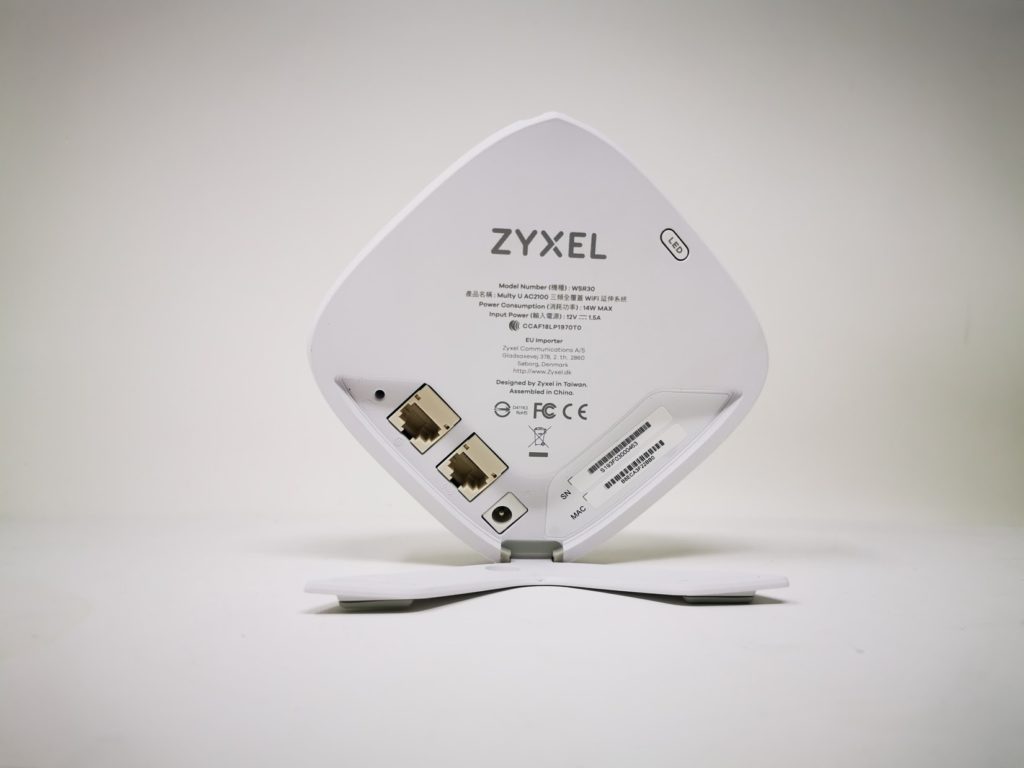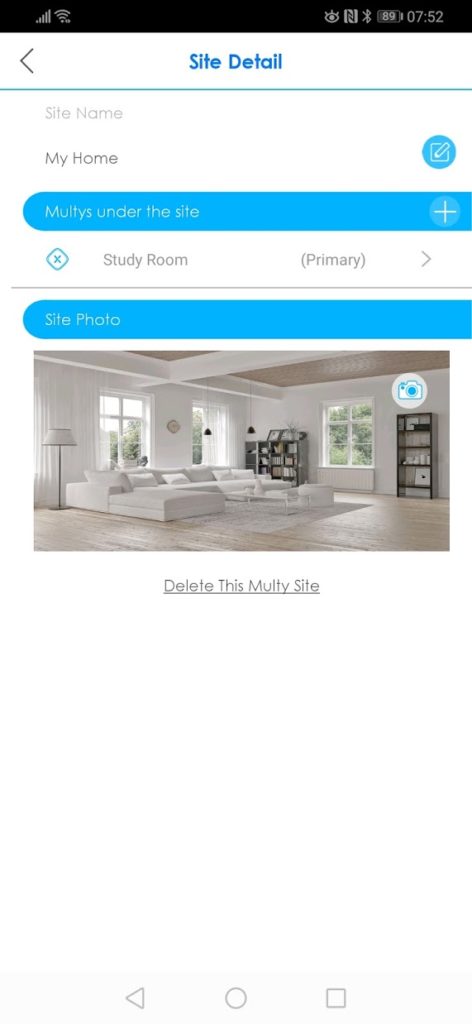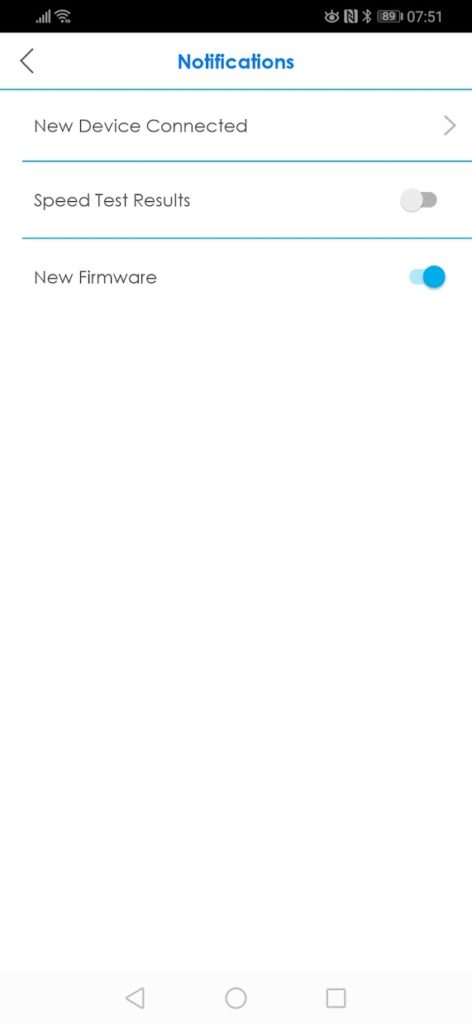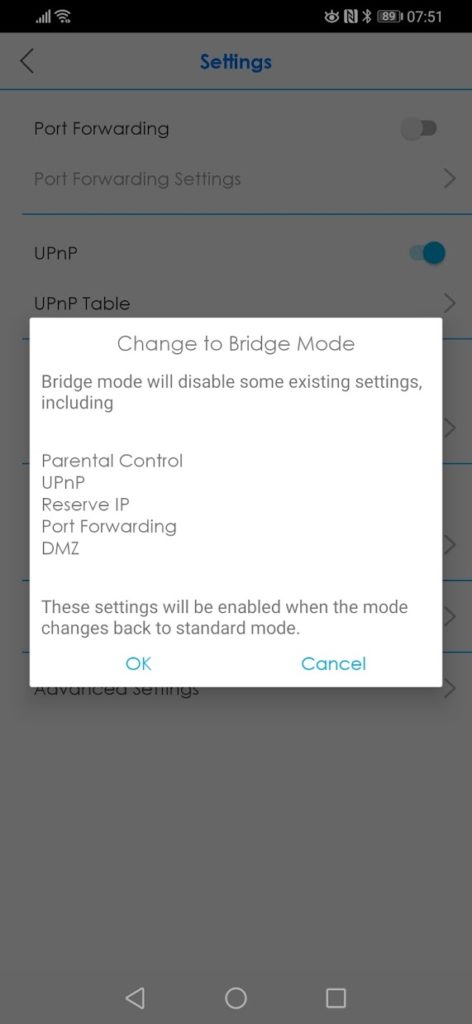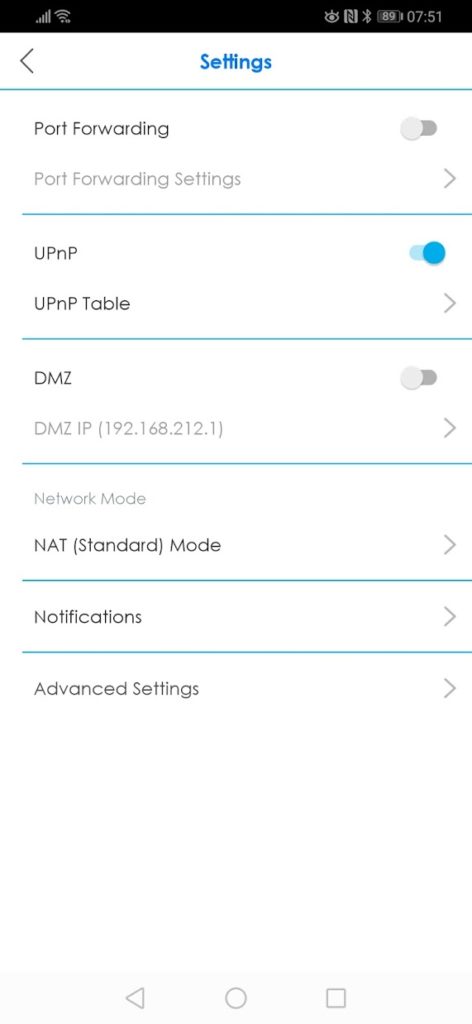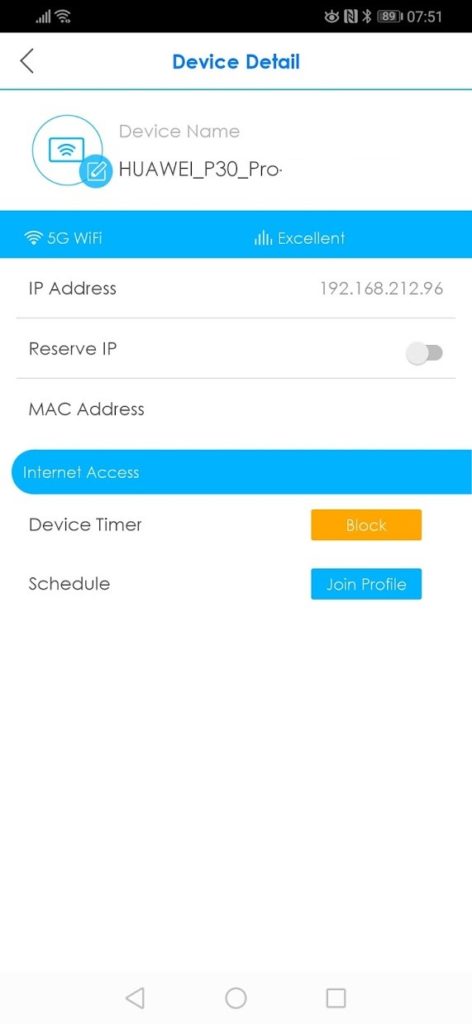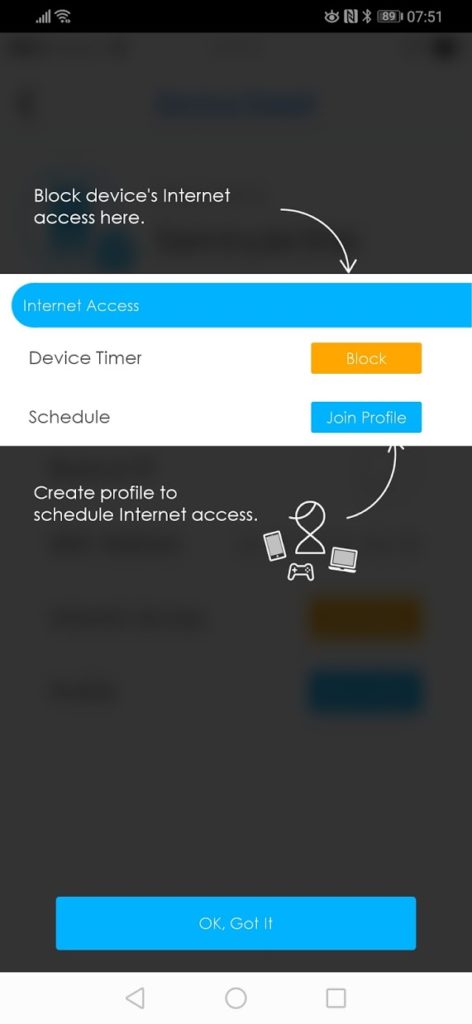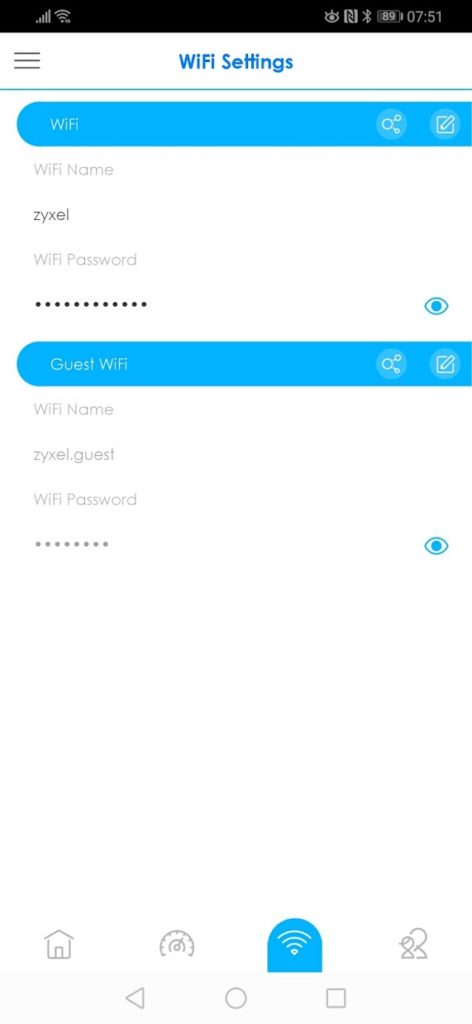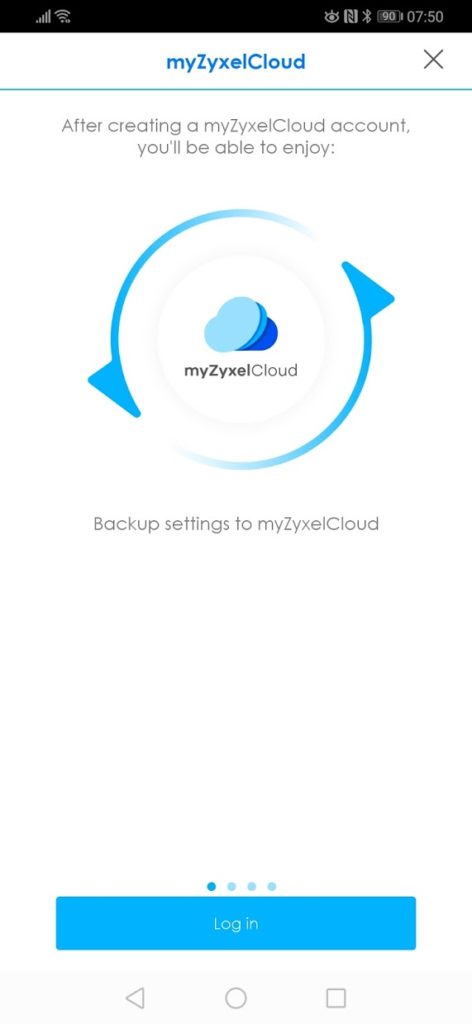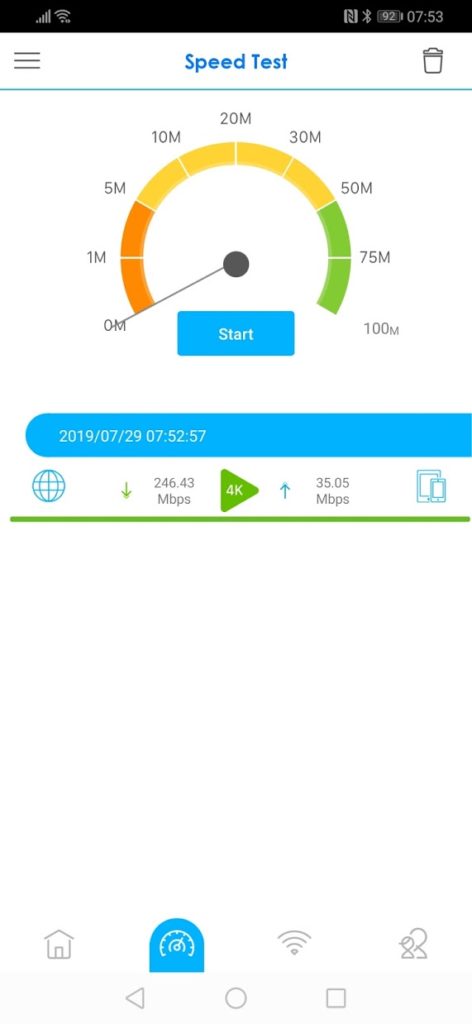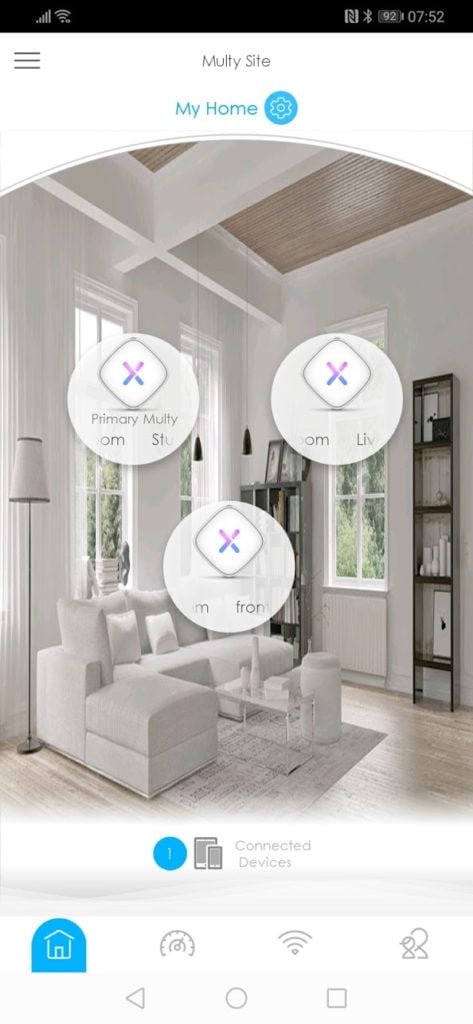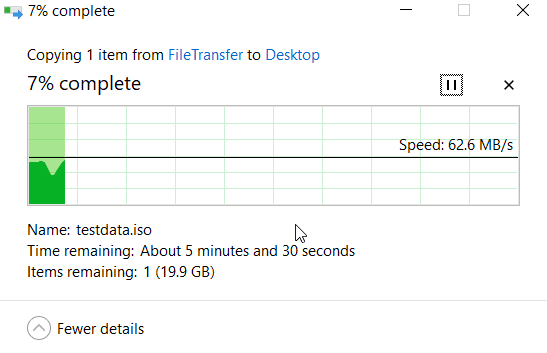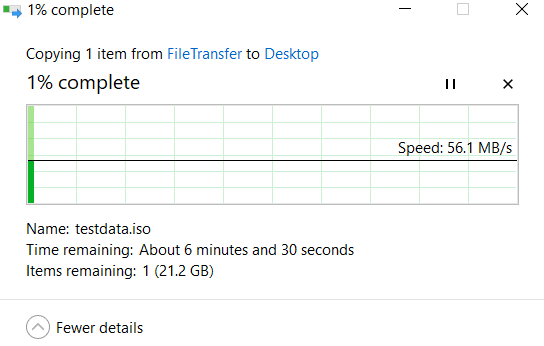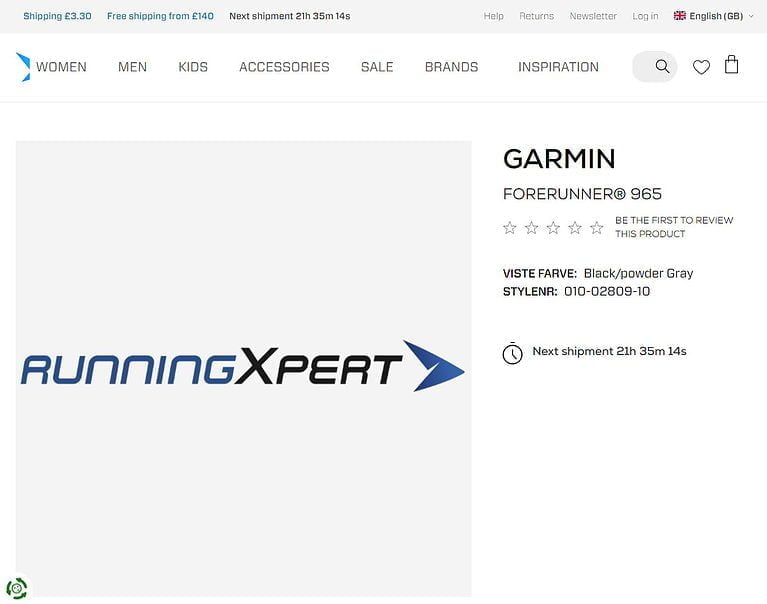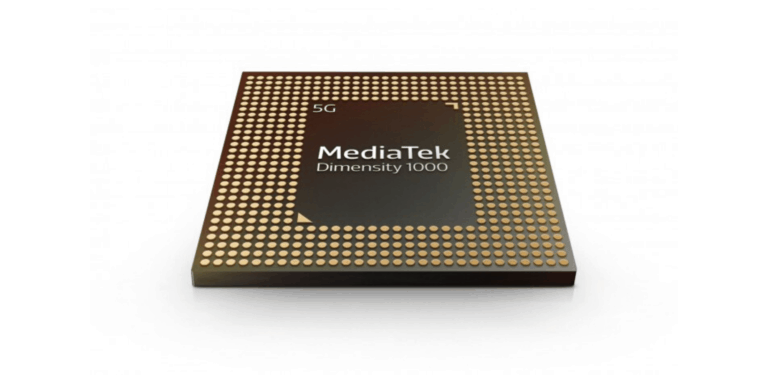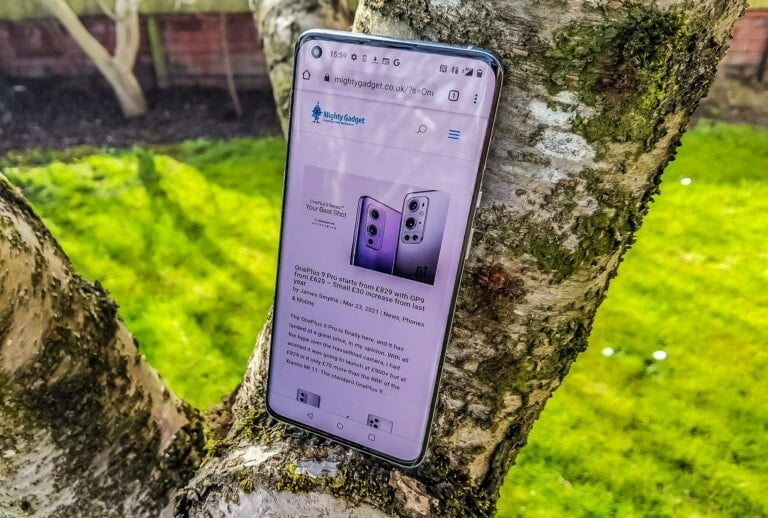Any links to online stores should be assumed to be affiliates. The company or PR agency provides all or most review samples. They have no control over my content, and I provide my honest opinion.
If you want reliable Wi-Fi across a large home but don’t want large ugly routers dotted around then Zyxel may have the system for you with their latest mesh Wi-Fi system.
The new Zyxel Multy U AC2100 Mesh System is more affordable, smaller and more attractive than the Zyxel Multy X Tri-Band AC3000 I have previously reviewed.
The overall design and functionality of this system is not much different than its bigger brother, just in a smaller package.
Priced at £215.20 on Amazon this is a tri-band system with a dedicated 5 GHz backhaul, which, as far as I can tell, makes it the cheapest tri-band three-pack on the market. My personal system is the Netgear RBK23 which is £288, and the Linksys WHW0303-UK Velop Tri-Band is £279.92. It also works out cheaper than some dual-band options including the new Nokia Beacon 1.
[content-egg module=Amazon template=list]
Zyxel Multy U Specification
Each Multy U is packaged separately, and you can buy the system in packs of 1, 2 or 3 so this gives you a bit more flexibility in setting up your system, it does, however, mean each satellite is not pre-paired. A single Multy U is just £87.50, so it is not a huge expense to upgrade if you start with a two pack. A two-pack works out at £80 each, and a three-pack is about £72 each, so Zyxel is not screwing you over if you want to start off small then expand.
The satellites themselves have two ports, one for LAN and the other for the WLAN. With it being a tri-band system rated at AC2100 you get the following:
- 866 Mbps for 5 GHz (dedicated backhaul)
- 866 Mbps for 5 GHz
- 300 Mbps for 2.4 GHz
This uses typical WiFi tech such as MU-MIMO, AP Steering, Band Steering, and you also have the option to separate 2.4G and 5G WiFi network.
When the main router is set up both the ports on the satellite work as a LAN port, and you can optionally use these to create a wired ethernet backhaul.
You get all the expected features from a router, including NAT, IPv6, DMZ, Port Forwarding, UPnP, QOS, and parental control.
In terms of the exact hardware specification:
- CPU – 1 GHz Dual-Core
- Memory – 256 MB RAM
- Flash – 512 MB
- WAN – One 10/100/1000 Mbps Ethernet RJ-45 port with auto MDI/MDIX support
- LAN – One 10/100/1000 Mbps Ethernet RJ-45 ports with auto MDI/MDIX support
- Antenna – 6 internal antennas
- Bluetooth – BLE 4.1
- LED indicator -Status indication/auto dimming
- Button -LED On/Off – Reset
- Power – 12 V DC, 1.5 A
- Power consumption -14 watt
Set-up and App
Similar to the other two Zyxel mesh systems I have reviewed, there is no web access; everything is done via the app. This seems to inherit some of the business features seen on Nebula, allowing you to set up multiple Zyxel systems across sites. I doubt 99% of consumers need this, but it could be useful if you have this at your home and office, or maybe manage your family members Wi-Fi.
While the units are attractive, they have a strange design to them. You either have to prop them up with the included stand or dangle them somewhere with a little leather string. Propping them up means that visually, their overall footprint isn’t that much different than other systems, and I would have thought people concerned about aesthetics would prefer something more discrete.
You can use it without the stand or string, but the ethernet cable doesn’t sit flush with the base, so it ends up being propped up a little. This is the option I went with as I had no interest in hanging them up around the home.
The set-up procedure wasn’t exactly smooth. These use Bluetooth for the set-up process, so in theory, it should be one of the easiest solutions on the market, but two of the three units required multiple attempts to get to work.
At first, I assumed the initial set up failed because my loan sample may not have been reset, but I experienced a failure to pair the 2nd time, only succeeding on my third attempt. The 1st satellite had several failures, with me regularly receiving a red glowing logo. The 2nd satellite paired the first-time round.
When switching the system to bridge mode, one of the satellites decided it did not want to work anymore, showing its red light.
When you manage to pair the satellites, the app will identify how close they are to each other, and if you should locate them further apart. This is a useful feature to maximise the performance of your system.
Performance
With everything finally set up properly, the system works well. The app itself is much more feature-rich than the Nokia Beacon 1 I have just reviewed.

At close range on iPerf I was able to achieve an average of over 530Mbps with large file transfers ranging from 55MB/s to 65MB/s. The range is good and having a single router centrally located in my brick-built 4-bed semi-detached I was able to get a reliable signal in most rooms. This did obviously drop down considerably, and in my spare bedroom which is up and across two rooms, the speeds dropped down to around 40Mbps.
Using the satellites improved performance across the house and using the 2nd satellite I was able to get a strong signal in my garage which is across the back garden with the garage being brick-built itself. The tri-band helps maintain speeds between satellites, with these running I was able to increase speeds in the spare bedroom to 346Mbps and also get over 120Mbps in the garage.
Moving around the home while connecting to Wi-Fi caused little issue, and the system appears to be able to handoff to the closest satellite seamlessly.
Overall
Once set up and working this is an excellent system, it offers superb value for money being cheaper than other tri-band systems on the market and offers performance well above its price point.
Sadly, it is let down slightly by the more difficult than normal set up process, this was annoying for me, but for someone less technical it could result in them giving up and returning the system.
I am indifferent towards the design, I can appreciate the appeal of a smaller system, but to then have the satellites propped up on display seems like a strange idea.
Overall, if you are will to be patient with the setup process, this is a good mesh Wi-Fi system offering excellent value for money.
Summary
Fantastic price to performance ratio with a trade-off of a troublesome setup process.
Overall
80%-
Set up - 65%65%
-
Performance - 85%85%
-
Price - 90%90%
I am James, a UK-based tech enthusiast and the Editor and Owner of Mighty Gadget, which I’ve proudly run since 2007. Passionate about all things technology, my expertise spans from computers and networking to mobile, wearables, and smart home devices.
As a fitness fanatic who loves running and cycling, I also have a keen interest in fitness-related technology, and I take every opportunity to cover this niche on my blog. My diverse interests allow me to bring a unique perspective to tech blogging, merging lifestyle, fitness, and the latest tech trends.
In my academic pursuits, I earned a BSc in Information Systems Design from UCLAN, before advancing my learning with a Master’s Degree in Computing. This advanced study also included Cisco CCNA accreditation, further demonstrating my commitment to understanding and staying ahead of the technology curve.
I’m proud to share that Vuelio has consistently ranked Mighty Gadget as one of the top technology blogs in the UK. With my dedication to technology and drive to share my insights, I aim to continue providing my readers with engaging and informative content.


